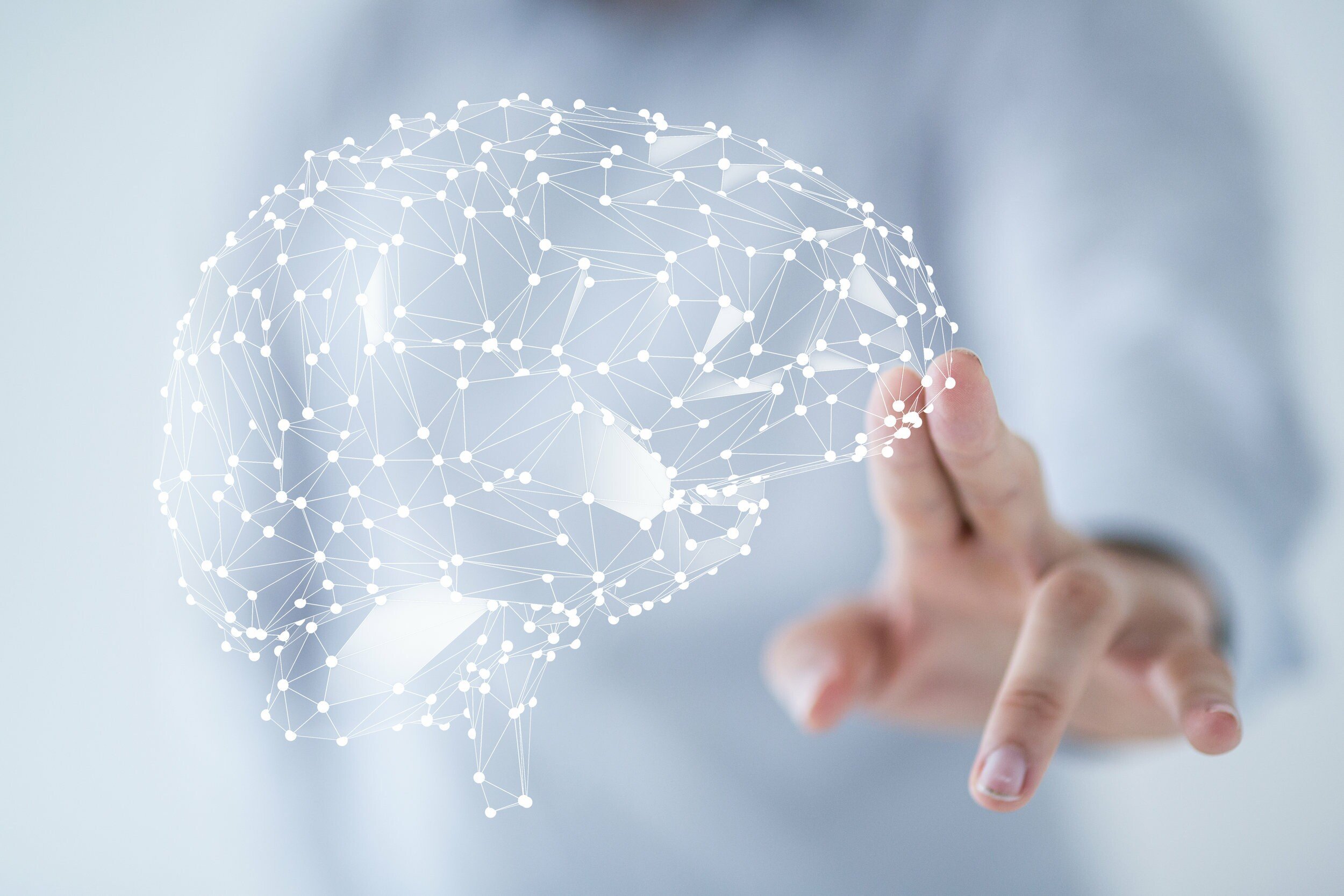
FREEDOM from Dystonia
Dystonia is a neurological condition in which motor disorders prevent sustained contraction of the muscles or muscle groups and/or repeated movements. It’s pretty scary to those diagnosed with it, as it can spread over only a part of the body to almost the whole body and often starts by affecting control of the neck, eyelids, arms and hands, face, and vocal chords.
Not all dystonias begin as a genetic abnormality. There are other common causes including former muscle, tendon, and nerve injuries, other pathologies, and as the result of medications. There are strong indications that dystonia is related to disturbed activity and communication between nerve cells in the brainstem and the deep structures below the cerebral cortex.
Research has shown that there are different structures in the nervous system are constantly involved in forms of dystonia. The best known are the so-called Basal Nuclei that are deep in the brain. Also (small) errors in the balance system, the cerebellum and the brain stem play an important role in the development and maintenance of dystonia.
It is obvious to think that if the problem is in the nervous system, that treatment should be focused on that area. In any case, it will be important for balance, coordination, eye movements, gait and mapping autonomic functions. After all, these are features that provide insight into the affected areas (primitive brain, brainstem, balance system).
Our office has been able to support many people with this condition and our treatment often include eye exercises and vestibular training, though other therapies can also be used and tailored to each unique patient.

